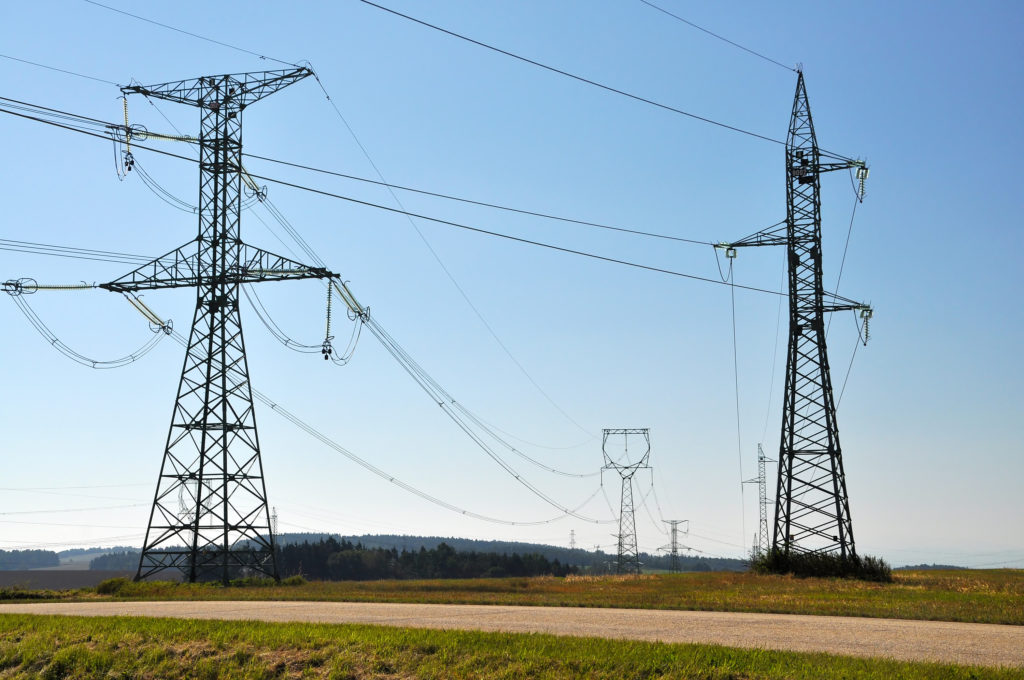by Dr Iain Staffell – Imperial College London
People often assess the economics of power stations with their Levelised Cost of Electricity, but it also matters how and when the electricity is produced.1
The growing share of weather-dependent renewables means that flexible and controllable capacity is now more valuable to the system. As power prices become more volatile, the range of prices earned by different technologies is widening.
The bar chart below shows the average day-ahead market price, weighted by the half-hourly output of each technology. Rather than showing the cost of production, this shows what electricity from each technology is ‘worth’ to the system.2 Over the last two years, the average wholesale price has barely changed, but the premium for producing electricity when it is most needed is growing, as is the penalty for producing when it is not wanted.
The output-weighted price for different technologies on the spot market in the four quarters to Q1 2015 (left) and to Q1 2017 (right). Percentages show the technology earnings relative to the energy-weighted price.3
The range of prices that technologies command can be explained by the different roles they play. Peaking plants run only when demand (and price) is highest, as they need to cover their start-up and running costs. Mid-merit plants instead run most of the time, flexing up and down in line with demand. Coal recently switched from being mid-merit to peaking as it was undercut by gas, and so their positions change between the two charts.
Baseload plants run day and night regardless of price. Nuclear reactors cannot turn down easily, and while biomass plants are flexible they choose to run baseload because of the support they receive. Wind and solar push down power prices when their output is high, even sending prices negative when they produce too much for the grid to handle. Understandably, they earn less than average once a large capacity is installed.
Prices on the wholesale market price are one thing; but the costs of transmission, balancing and providing peak capacity means the whole system cost of providing the electricity we use is altogether different. The key to restraining this overall cost is having a good balance of technologies to choose from.
Authors: Dr Iain Staffell, Professor Richard Green, Dr Rob Gross and Professor Tim Green
- The Levelised Cost of Electricity (LCOE) divides a station’s total capital and operating costs (discounted over time to reflect interest) by the discounted value of its output to give a single measure of its average cost. ↩
- This is not what each technology actually earned as only 5% of power is traded on the spot market at these prices. Most power is bought and sold on long term contracts months ahead of delivery (at prices not made public). ↩
- The time-weighted price (average of all half-hourly prices in a year) is what people see as the average price; but the energy-weighted price (each half-hour’s price multiplied by the amount of electricity consumed) is what they end up paying. The energy-weighted price is 4% higher than time-weighted. ↩
